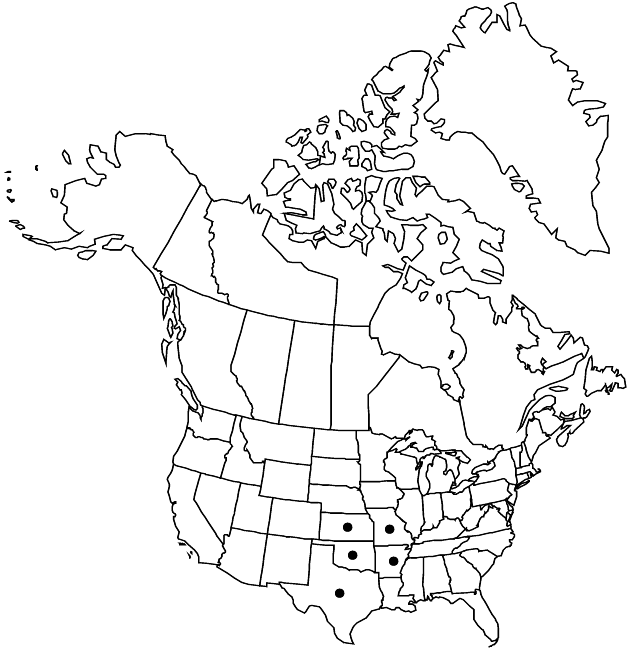Difference between revisions of "Berlandiera texana"
in A. P. de Candolle and A. L. P. P. de Candolle, Prodr. 5: 517. 1836.
Synonyms: Berlandiera longifolia Nuttall
FNA>Volume Importer |
FNA>Volume Importer |
||
| Line 49: | Line 49: | ||
|publication year=1836 | |publication year=1836 | ||
|special status= | |special status= | ||
| − | |source xml=https://jpend@bitbucket.org/aafc-mbb/fna-data-curation.git/src/ | + | |source xml=https://jpend@bitbucket.org/aafc-mbb/fna-data-curation.git/src/f6b125a955440c0872999024f038d74684f65921/coarse_grained_fna_xml/V19-20-21/V21_202.xml |
|tribe=Asteraceae tribe Heliantheae | |tribe=Asteraceae tribe Heliantheae | ||
|subtribe=Asteraceae (tribe Heliantheae) subtribe Ecliptinae | |subtribe=Asteraceae (tribe Heliantheae) subtribe Ecliptinae | ||
Revision as of 18:47, 24 September 2019
Plants to 120 cm. Stems (erect, usually suffrutescent) much branched distally. Leaves evenly distributed along stems or distally crowded; sessile or petiolate (at least mid stem); blades elongate-deltate to lanceolate (widths to 2/3 lengths), chartaceous, margins dentate, serrate, or doubly serrate, faces hirsute to ± scabrous. Heads in paniculiform or corymbiform arrays. Peduncles densely hirsute. Involucres 18–27 mm diam. Ray corollas deep yellow to orange-yellow, abaxial veins green, laminae 10.5–17 mm. Disc corollas red to maroon. Cypselae (ovate) 4.5–6 × 3–4.8 mm. 2n = 30.
Phenology: Flowering Mar–Nov.
Habitat: Dry, rocky, calcareous and sandy soils, open woodlands, glades, thickets
Elevation: 100–300 m
Distribution

Ark., Kans., Mo., Okla., Tex.
Discussion
Selected References
None.
Lower Taxa
None.